What Is Sarcoma?
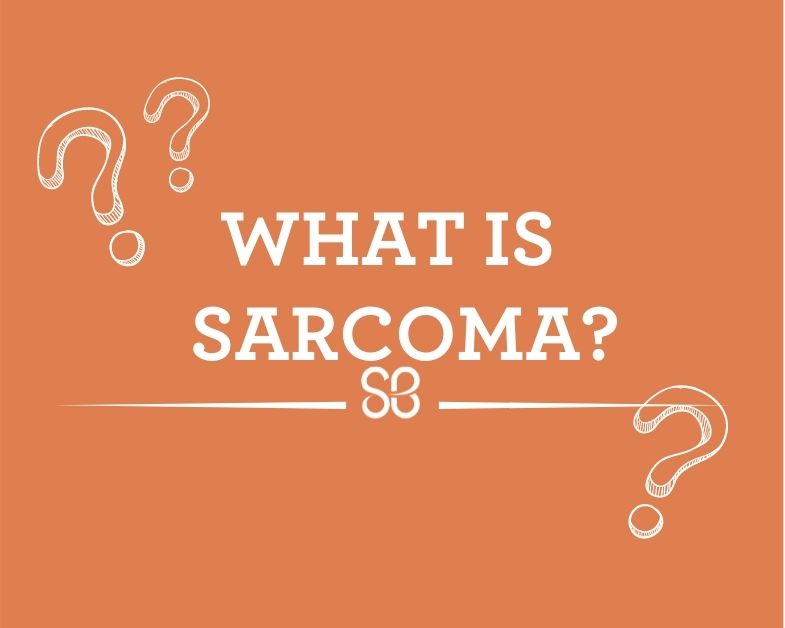
What are childhood sarcomas?
A sarcoma is a tumor that grows in the bone or soft tissue (muscles, nerves and fat) anywhere in the body. Sarcomas are rare, especially in young children, accounting for less than 15% of childhood cancers.
Pediatric sarcomas are classified into two major categories: bone sarcomas and soft tissue sarcomas.
Bone sarcomas can appear in any bone, but are most often seen in the leg, arm, pelvis or rib. The most common bone sarcomas are Ewing sarcoma and osteosarcoma.
Soft-tissue sarcomas can occur in any soft tissue, anywhere in the body. The most common soft-tissue sarcomas are embryonal rhabdomyosarcoma and alveolar rhabdomyosarcoma.
Within these two umbrella categories, there are many different types of sarcomas that can develop in children.
Sarcomas can start off being tiny lumps that you can’t feel. They can spread through the body, or metastasize, before they grow big enough to be seen.
What Is Embryonal Rhabdomyosarcoma?
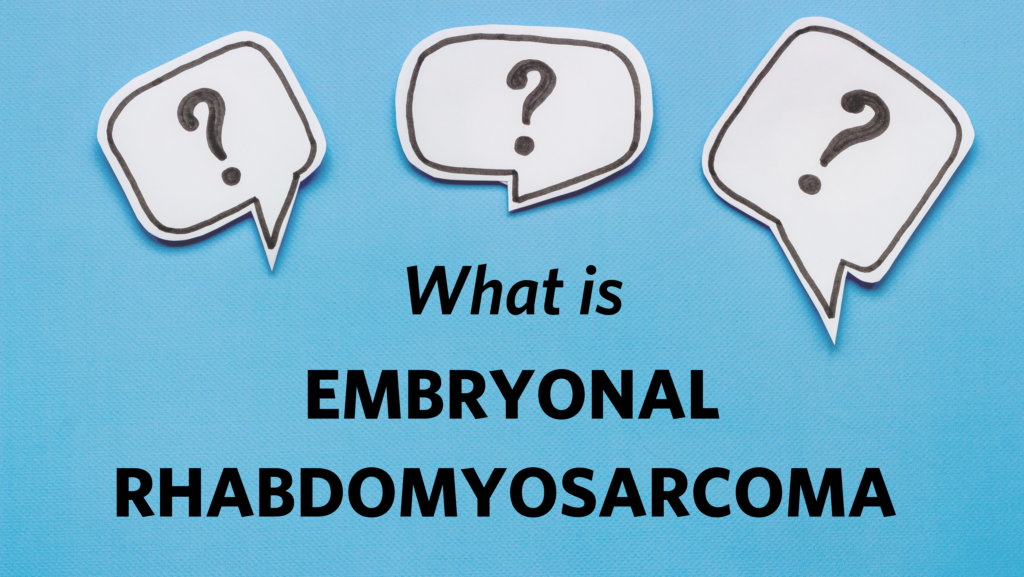
What is embryonal rhabdomyosarcoma?
Embryonal rhabdomyosarcoma is a malignant soft tissue tumor that is formed from embryonic skeletal muscle tissue, the type of tissue that grows into skeletal muscles.
When we think about skeletal muscles, we might first think of biceps or hamstrings, but embryonal rhabdomyosarcoma doesn’t usually start in the arms or legs. Most often, these tumors are seen in the head or neck, bladder, or reproductive organs.
What Is Alveolar Rhabdomyosarcoma?
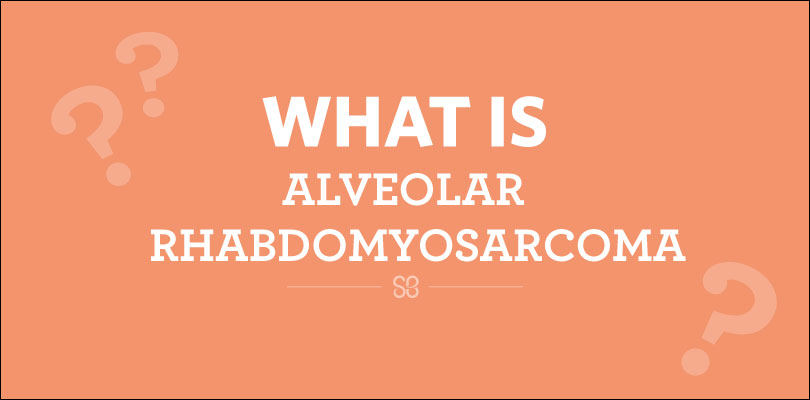
What is alveolar rhabdomyosarcoma?
There are two main types of pediatric rhabdomyosarcoma: embryonal rhabdomyosarcoma and alveolar rhabdomyosarcoma.
- Embryonal rhabdomyosarcoma (ERMS) occurs most often in children under 10 years old and is found in the head, neck, urinary tract, or reproductive organs. It is the most common type.
- Alveolar rhabdomyosarcoma (ARMS) is more aggressive, occurs more commonly in teens or young adults, and usually starts in the torso, arms, or legs.
Rhabdomyosarcoma is the most common soft tissue cancer in children, with approximately 350 new cases each year in the United States.
What Is Ewing Sarcoma?
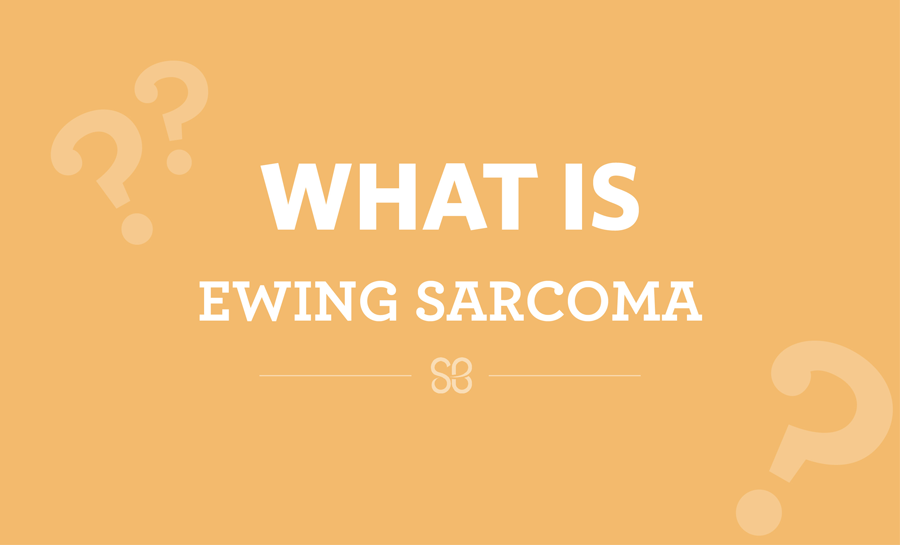
Jason Yustein, M.D., Ph.D., a St. Baldrick’s Foundation Board Member and Scientific Program Committee Member, at Emory University School of Medicine, Georgia, explains Ewing sarcoma symptoms, treatment options, and research opportunities.
What is Ewing sarcoma?
Ewing sarcoma is a type of childhood cancer that is most frequently found in children and adolescents between the ages of 10 and 20 years old.
Ewing sarcoma — the second most common bone cancer after osteosarcoma — often originates in the long, large bones of the body, including the hip, thigh, shin, chest, and arm bones.
Celebrating a Partnership for Progress in Osteosarcoma
For more than 40 years the main treatment for pediatric osteosarcoma has not changed. Patients with this type of aggressive bone cancer, most often diagnosed in teens, are in desperate need of new options. Fewer than 30% of patients survive when osteosarcoma has spread beyond the primary tumor at diagnosis.
To make a significant impact for kids fighting osteosarcoma, five funding partners have banded together with St. Baldrick’s to support a new grant – The Fight Osteosarcoma Together (FOT) Super Grant. Today we are excited to announce that the recipient of this three-year, $1.5 million grant is Dr. Patrick Grohar, at the Children’s Hospital of Philadelphia. The goal: a clinical trial to test a new treatment within three years.
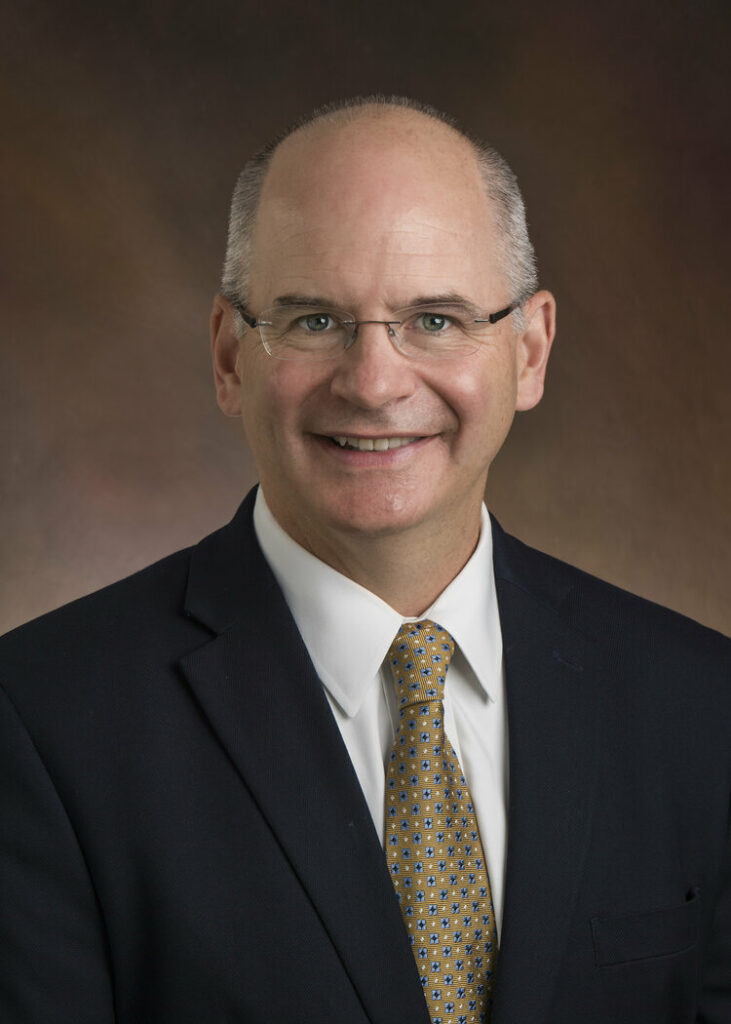
Patrick J. Grohar, M.D., Ph.D.
An EPICC Outcome for One Little Girl
Research supported by St. Baldrick’s donors has always made an epic impact. Here’s an example of how one research team has made a huge difference for one little girl.
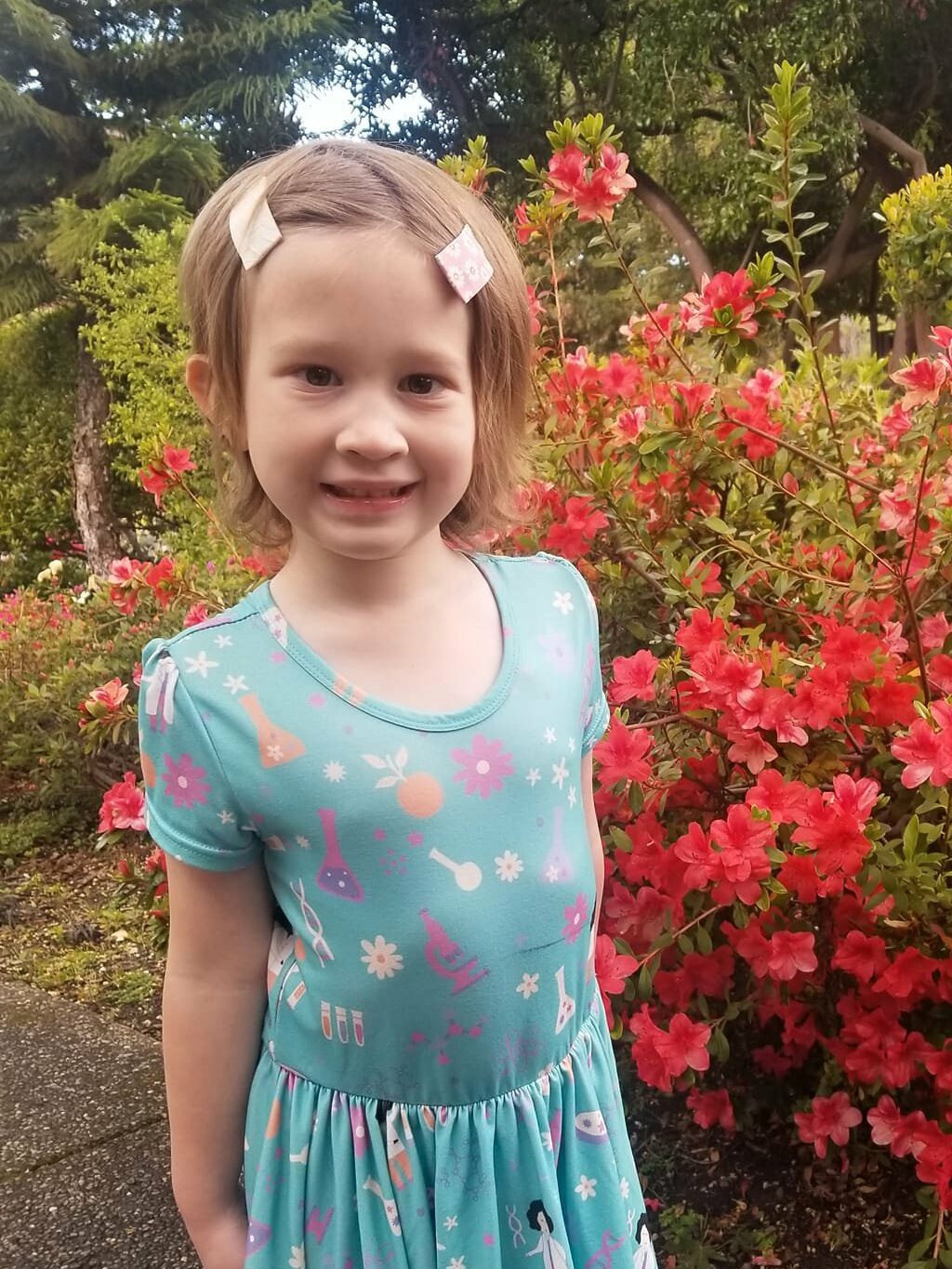
Mary posing in front of flowers.
Research Outcomes: Fighting Cancer & Helping Survivors
This quarterly edition of the St. Baldrick’s Foundation Research Outcomes features work focused on fighting neuroblastoma, rhabdomyosarcoma, and acute lymphoblastic leukemia as well as research to improve identification of survivors at risk for cardiotoxicity.
Thank you for making these outcomes – and more – possible.

Announcing the 2023 St. Baldrick’s Fellows
The hope for better futures for kids with cancer relies on childhood cancer research. And that research relies — not only today but for decades to come — on the training of the next generation of childhood cancer researchers. This new investment of over $1.2 million puts these young researchers on that path to finding new cures.
Read more below about what this new investment is supporting.
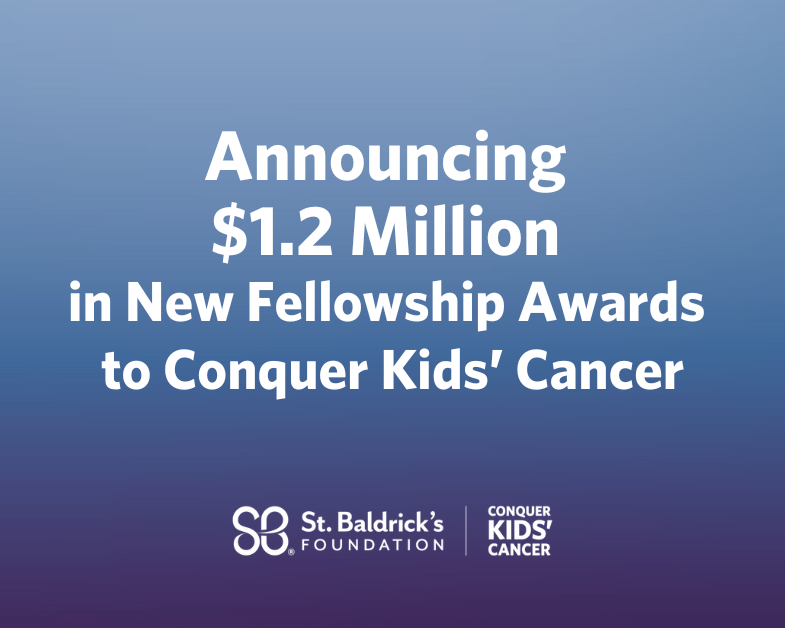
Research Outcomes: New Advances
This quarterly edition of the St. Baldrick’s Foundation Research Outcomes features research made possible by you to reduce late effects, improve survival for relapsed T-ALL, increase NK (natural killer) cells levels in cancer patients, and share valuable data.
Thank you for making research possible.
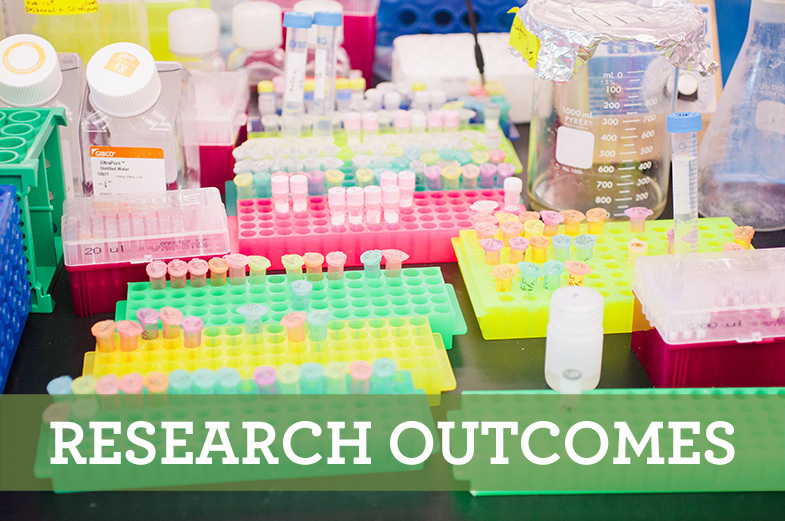
« Newer PostsOlder Posts »


 SBF
Tweets »
SBF
Tweets »